Best Companion Plants For Blackeyed Susans
Title:Best Companion Plants for Black-Eyed Susans
Introduction:
Black-eyed Susans are a popular choice for gardens because of their bright yellow flowers and easy-care nature. But did you know that there are certain plants that can make black-eyed Susans even more beautiful and healthy? Companion planting is the practice of planting different types of plants together to benefit each other. By choosing the right companion plants, you can improve the health, growth, and appearance of your black-eyed Susans.
In this blog post, we will discuss some of the best companion plants for black-eyed Susans. We will also provide tips on how to plant and care for these plants together.
Main Content:
Here are some of the best companion plants for black-eyed Susans:
- Coneflowers: Coneflowers are another popular perennial that blooms in the summer. They have similar growing conditions to black-eyed Susans, and they attract the same pollinators. Coneflowers also help to deter pests, such as deer and rabbits.
- Daylilies: Daylilies are a type of bulb that blooms in the summer and fall. They come in a wide variety of colors, so you can choose ones that complement the colors of your black-eyed Susans. Daylilies also help to improve the soil quality, which can benefit black-eyed Susans.
- Echinacea: Echinacea is a type of daisy that is known for its medicinal properties. It blooms in the summer and fall, and it attracts pollinators. Echinacea can also help to deter pests, such as deer and rabbits.
- Goldenrod: Goldenrod is a type of wildflower that blooms in the late summer and fall. It has similar growing conditions to black-eyed Susans, and it attracts pollinators. Goldenrod can also help to improve the soil quality, which can benefit black-eyed Susans.
- Hosta: Hostas are a type of shade-loving perennial. They have large, colorful leaves that can add interest to your garden. Hostas also help to suppress weeds, which can give your black-eyed Susans more space to grow.
- Liatris: Liatris is a type of wildflower that blooms in the summer. It has tall, spiky flowers that add a dramatic touch to your garden. Liatris attracts pollinators, and it can also help to deter deer and rabbits.
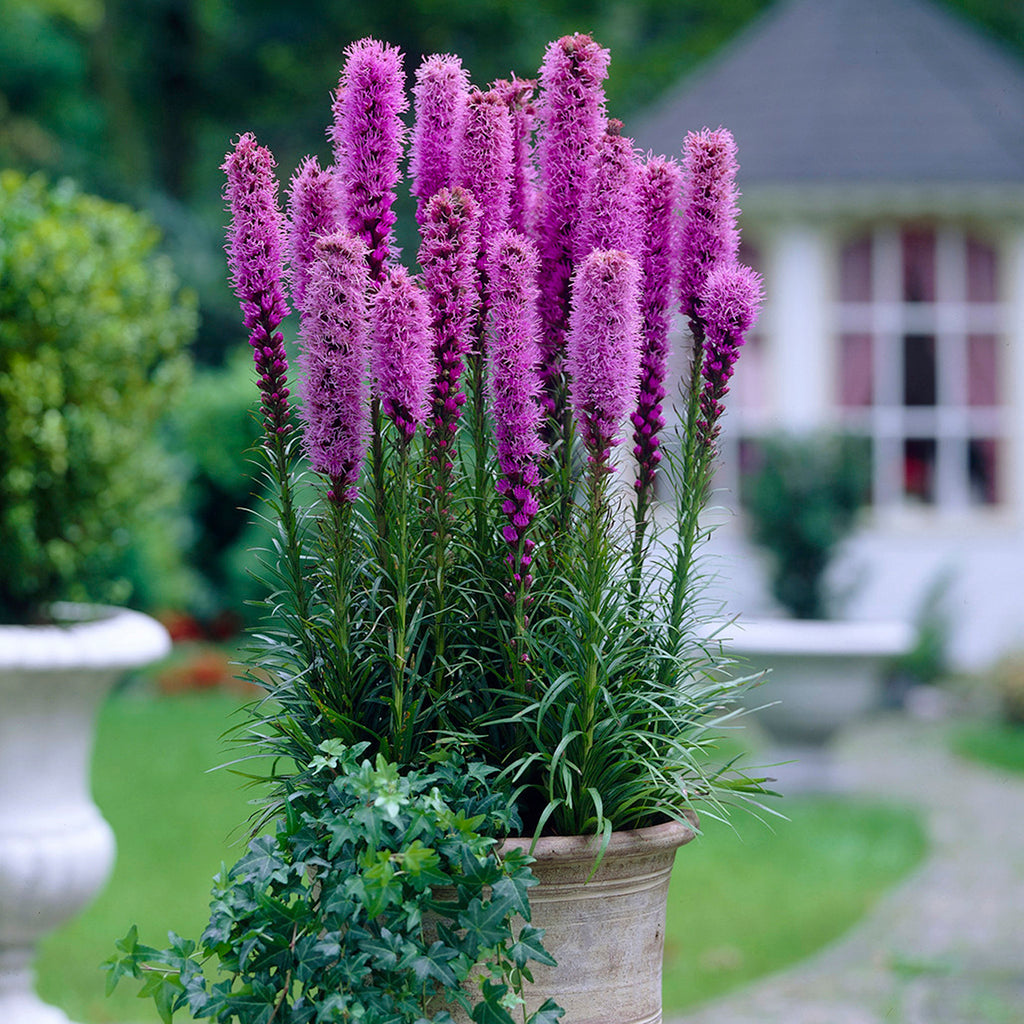
- Monarda: Monarda is a type of mint that blooms in the summer. It has bright red, pink, or purple flowers that attract pollinators. Monarda also helps to repel mosquitoes and other pests.

- Rudbeckia: Rudbeckia is a type of daisy that blooms in the summer and fall. It has large, bright yellow flowers that are sure to attract attention. Rudbeckia also helps to deter deer and rabbits.
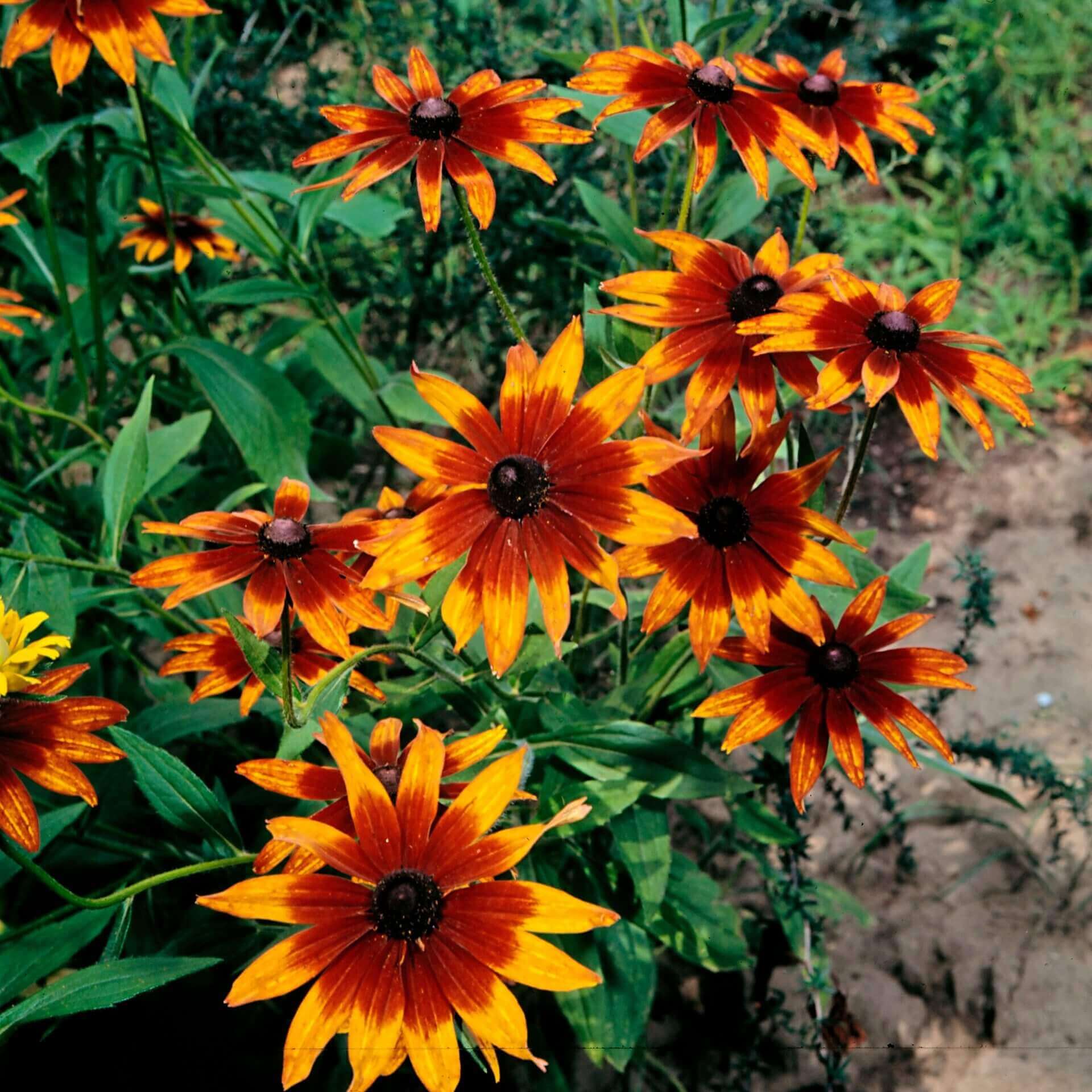
- Salvia: Salvia is a type of sage that blooms in the summer. It has colorful flowers that attract pollinators. Salvia also helps to repel deer and rabbits.

Here are some tips on how to plant and care for black-eyed Susans and their companion plants:
- Plant black-eyed Susans and their companion plants in full sun or partial shade.
- Amend the soil with compost or manure before planting.
- Water the plants regularly, especially during the first year.
- Fertilize the plants in the spring and fall with a balanced fertilizer.
- Deadhead spent flowers to encourage more blooms.
- Divide the plants every 3-4 years to keep them healthy and vigorous.
Conclusion:
By choosing the right companion plants, you can improve the health, growth, and appearance of your black-eyed Susans. The plants listed above are just a few of the many that can benefit black-eyed Susans. With a little planning, you can create a beautiful and thriving garden that is full of color and life.
Here are a few of the best companion plants for black-eyed Susans:
- Marigolds: Marigolds are a great companion plant for black-eyed Susans because they help to repel pests. They also have similar growing requirements, so they can be planted together without any problems.
FAQ of companion plants for black eyed susans
- What are some good companion plants for black-eyed Susans?
Some good companion plants for black-eyed Susans include:
* Yarrow: Yarrow is a hardy perennial that blooms in the summer and attracts pollinators like bees and butterflies. It also helps to repel pests like aphids and Japanese beetles.
* Lavender: Lavender is a fragrant herb that blooms in the summer and attracts pollinators like bees and butterflies. It also helps to repel pests like mosquitoes and flies.
* Marigolds: Marigolds are annual flowers that bloom in the summer and attract pollinators like bees and butterflies. They also help to repel pests like nematodes and root knot nematodes.
* Bee balm: Bee balm is a perennial herb that blooms in the summer and attracts pollinators like bees and butterflies. It also helps to repel pests like mosquitoes and flies.
* Coneflower: Coneflowers are perennial flowers that bloom in the summer and attract pollinators like bees and butterflies. They also help to repel pests like deer and rabbits.
- What are the benefits of planting companion plants with black-eyed Susans?
There are several benefits to planting companion plants with black-eyed Susans, including:
* Attracting pollinators: Companion plants can help to attract pollinators like bees and butterflies to your garden. These pollinators are essential for the pollination of plants, which is necessary for the production of fruits and vegetables.
* Reducing pests: Companion plants can help to repel pests from your garden. For example, marigolds help to repel nematodes and root knot nematodes, which can damage the roots of black-eyed Susans.
* Improving soil quality: Companion plants can help to improve the soil quality in your garden. For example, yarrow helps to improve drainage and aeration, which can benefit the growth of black-eyed Susans.
* Providing visual interest: Companion plants can add visual interest to your garden and help to create a more diverse and attractive landscape.
- How far apart should I plant black-eyed Susans and their companion plants?
The distance at which you plant black-eyed Susans and their companion plants will depend on the specific plants you are choosing. However, as a general rule of thumb, you should plant black-eyed Susans about 18 inches apart and their companion plants about 12 inches apart. This will give them enough space to grow and thrive.
- What are some tips for caring for black-eyed Susans and their companion plants?
Black-eyed Susans and their companion plants are relatively easy to care for. They need full sun and well-drained soil. They should be watered regularly, especially during hot, dry weather. You may need to fertilize them once or twice a year. In the fall, you can deadhead spent blooms to encourage new growth in the spring.
Image of companion plants for black eyed susans
10 different images of companion plants for black-eyed susans that are free to use:
- Common Yarrow (Achillea millefolium). This plant is a hardy perennial that blooms in late spring to early summer. It has white, yellow, or pink flowers and is known for its medicinal properties. Yarrow is a good companion plant for black-eyed Susans because it attracts pollinators and helps to deter pests.

- Blanket Flower (Gaillardia pulchella). This plant is a native North American wildflower that blooms in summer. It has bright yellow, orange, or red flowers and is drought-tolerant. Blanket flower is a good companion plant for black-eyed Susans because it attracts pollinators and helps to fill in any gaps in the garden.
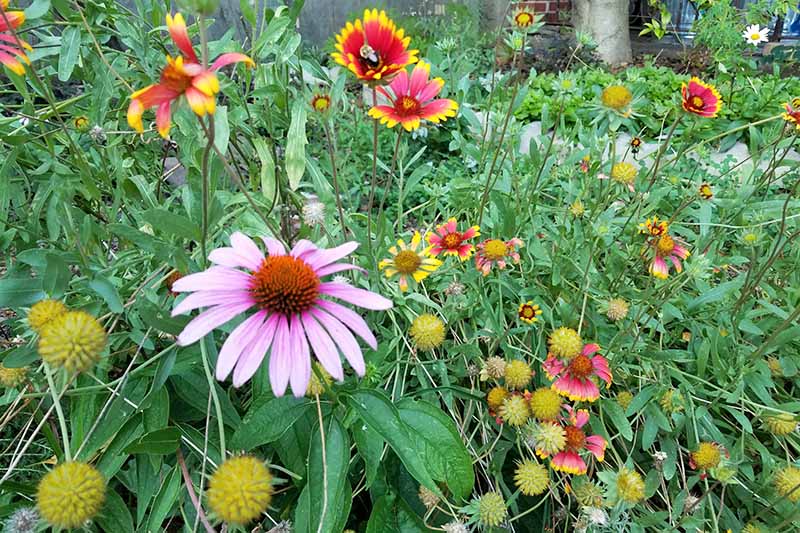
- Coneflower (Echinacea purpurea). This plant is a native North American wildflower that blooms in summer. It has daisy-like flowers that are purple, pink, or white. Coneflower is a good companion plant for black-eyed Susans because it attracts pollinators and helps to deter deer and rabbits.
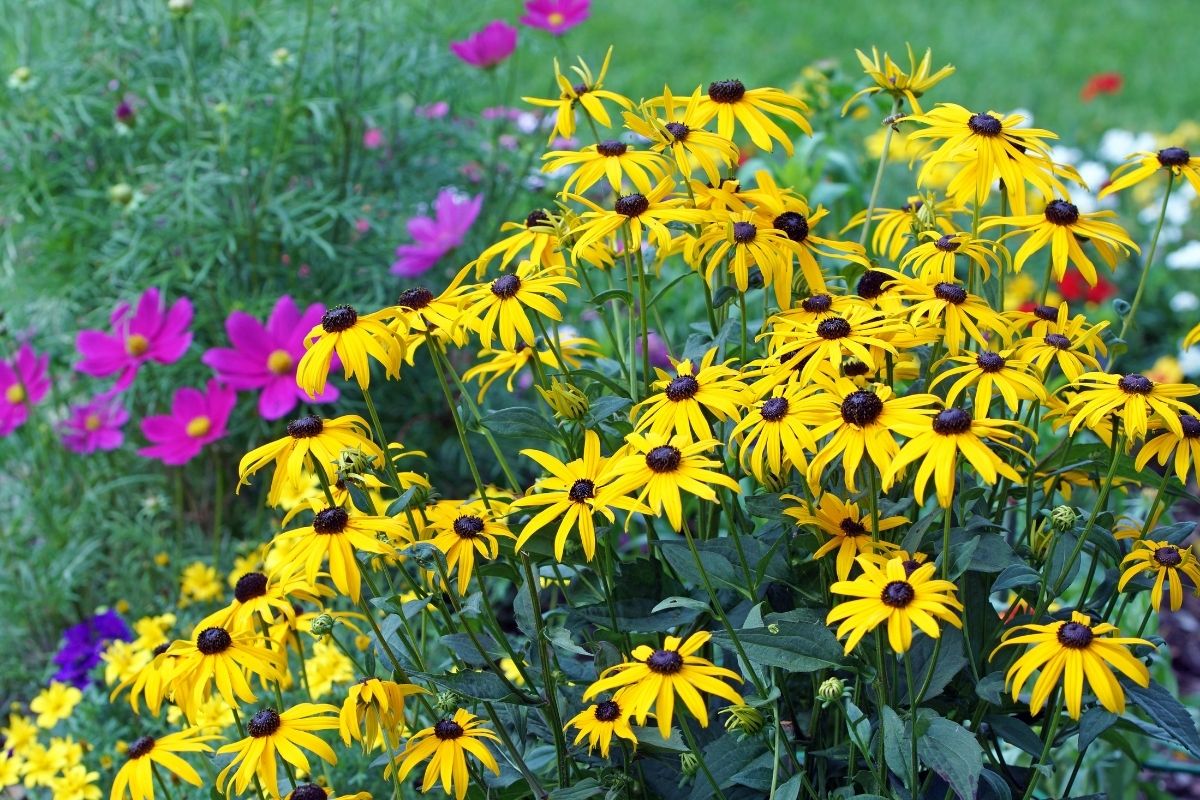
- Russian Sage (Perovskia atriplicifolia). This plant is a hardy perennial that blooms in summer. It has blue or purple flowers and is drought-tolerant. Russian sage is a good companion plant for black-eyed Susans because it attracts pollinators and helps to add height and structure to the garden.

- Salvia (Salvia spp.). There are many different species of salvia, but all of them are known for their beautiful flowers and fragrant foliage. Salvias are good companion plants for black-eyed Susans because they attract pollinators and help to add color and interest to the garden.

- Agastache (Agastache spp.). This plant is a member of the mint family and has fragrant, tubular flowers that bloom in summer. Agastache is a good companion plant for black-eyed Susans because it attracts pollinators and helps to deter pests.

- Michaelmas Daisy (Aster x frikartii). This plant is a hardy perennial that blooms in late summer to fall. It has daisy-like flowers that are white, purple, or pink. Michaelmas daisy is a good companion plant for black-eyed Susans because it attracts pollinators and helps to extend the bloom time of the garden.
- Autumn Joy Sedum (Sedum spectabile). This plant is a hardy perennial that blooms in late summer to fall. It has clusters of pink or red flowers that are very showy. Autumn Joy sedum is a good companion plant for black-eyed Susans because it attracts pollinators and helps to add color and interest to the garden in the fall.
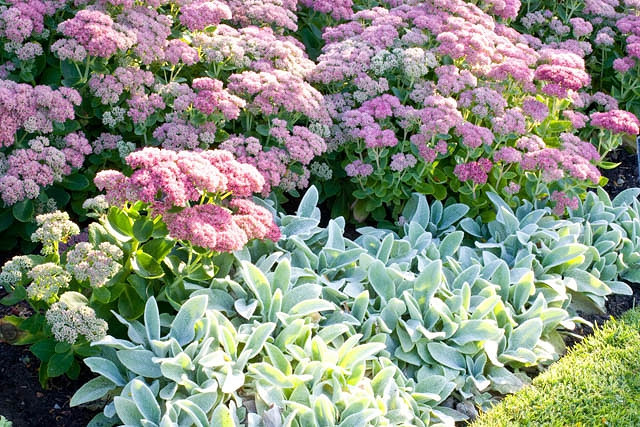
- Pansy (Viola spp.). This plant is a cool-season annual that blooms in spring and fall. It has a wide variety of flower colors and patterns. Pansies are good companion plants for black-eyed Susans because they attract pollinators and help to fill in any gaps in the garden.
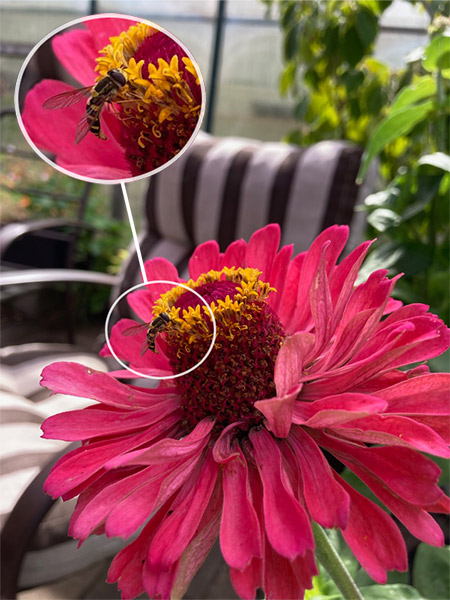
- Bee Balm (Monarda spp.). This plant is a member of the mint family and has fragrant, tubular flowers that bloom in summer. Bee balm is a good companion plant for black-eyed Susans because it attracts pollinators and helps to deter pests.
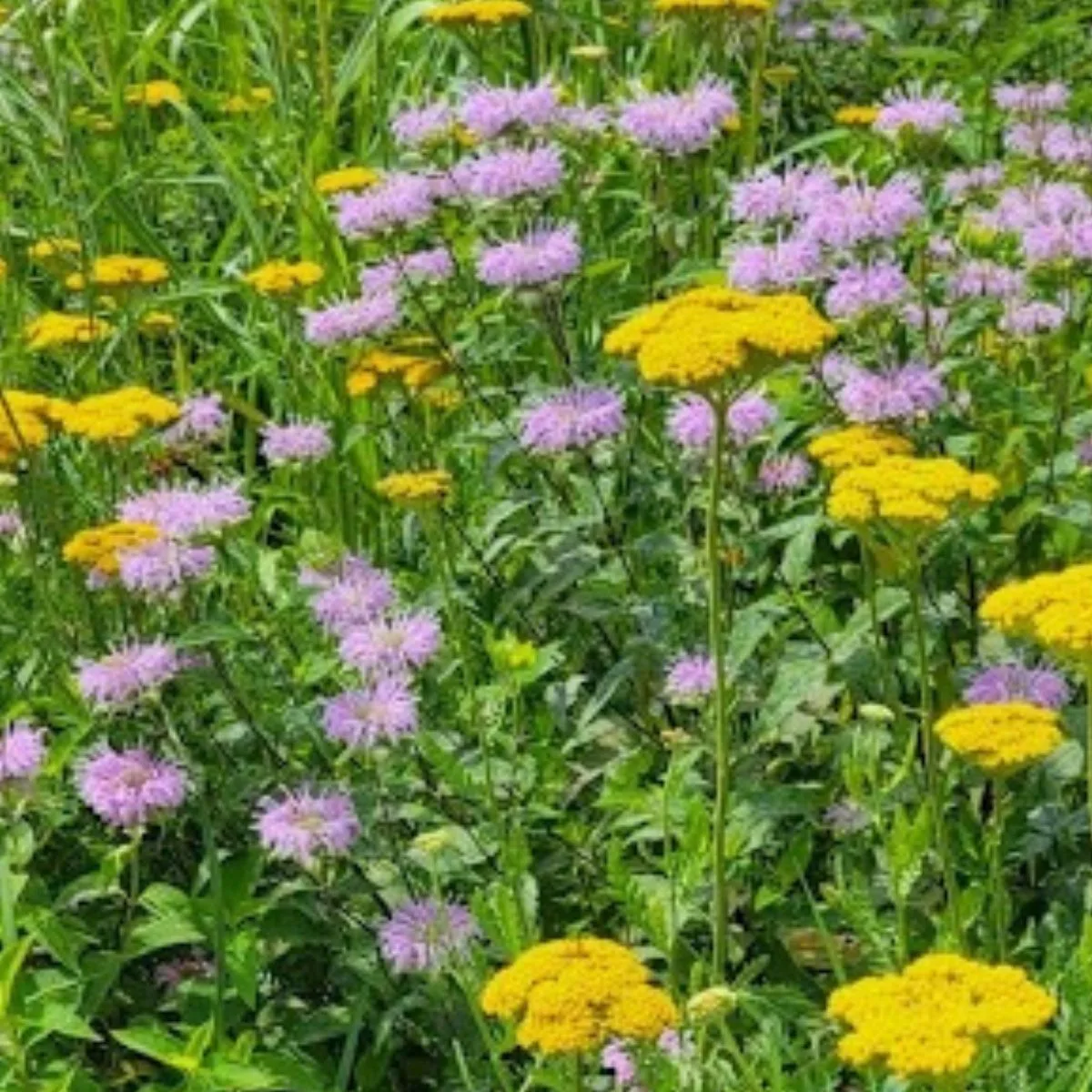


Post a Comment for " Best Companion Plants For Blackeyed Susans"